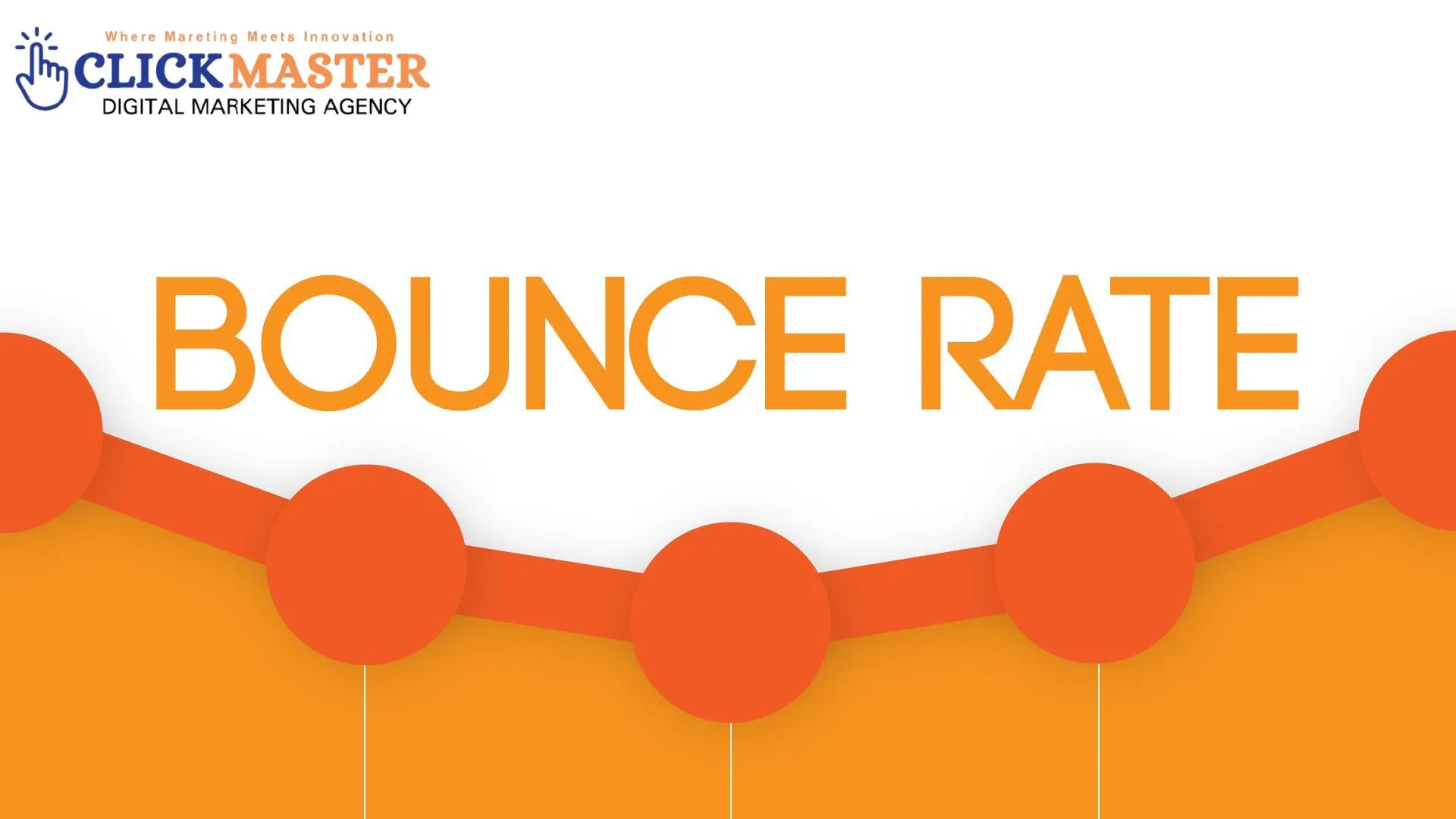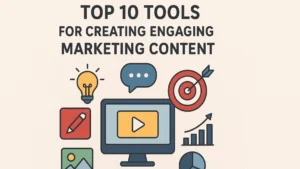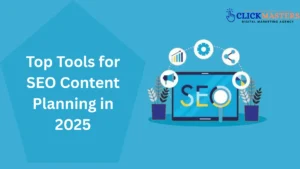Bounce rate is a web analytics metric that measures the percentage of visitors who leave a website after viewing only one page. It indicates a lack of engagement, suggesting users didn’t find the content relevant or engaging enough to explore further. A high bounce rate could result from poor user experience, irrelevant traffic, or slow loading times. Conversely, a low bounce rate often reflects good content, usability, and alignment with user intent. Understanding bounce rates helps optimize websites for better user retention and improved conversions.
Why Bounce Rate Matters in SEO
Bounce rate matters in SEO because it reflects user engagement and content relevance, both critical for search engine rankings. A high bounce rate may signal to search engines that the page isn’t meeting user expectations, potentially lowering its ranking. Conversely, a low bounce rate suggests valuable content that retains visitors, improving SEO performance. Monitoring bounce rate helps identify areas for optimization, enhancing user experience, and driving organic traffic. This data helps identify areas for improvement, such as content relevance, page load speed, or mobile optimization. By addressing these issues, you can enhance the overall user experience, retain more visitors, and drive organic traffic growth, ultimately boosting your search engine rankings.
What is Bounce Rate?

Bounce rate is the percentage of website visitors who leave after viewing only one page, without interacting further. It measures user engagement and indicates how well a page meets visitor expectations. A high bounce rate may suggest poor content relevance, usability issues, or misaligned traffic sources.
How Bounce Rate is Calculated
The bounce rate is calculated using the following formula:
Bounce Rate (%) = (Total Single-Page Visits / Total Visits) × 100
- Single-Page Visits: The number of visits where the user viewed only one page and left.
- Total Visits: The total number of visits to the website during the same period.

Types of Bounce Rates
Here are types of bounce rates categorized by website types:
1. E-Commerce and Retail Websites
- Product Page Bounce Rate: Visitors leave after viewing a single product page without adding to the cart or exploring further.
- Checkout Bounce Rate: Visitors abandon the site after landing on the checkout or cart page.
2. B2B Websites
- Service Page Bounce Rate: Users leave after visiting a service or solution page without interacting or requesting a quote.
- Resource Page Bounce Rate: Visitors leave after downloading a whitepaper or viewing case studies without exploring more.
3. Lead Generation Websites
- Contact Form Bounce Rate: Users land on a contact or lead generation form and exit without filling it out.
- Landing Page Bounce Rate: Users leave a dedicated lead generation landing page without converting.
4. Non-eCommerce Content Websites
- Information Bounce Rate: Visitors find specific content (e.g., news, tutorials) and leave without exploring additional pages.
- Ad Click Bounce Rate: Visitors leave the site after clicking on an external ad.
5. Landing Pages
- Single Purpose Bounce Rate: Designed to capture specific actions; high bounce rates are acceptable if conversions (e.g., form submissions) occur.
6. Dictionaries
- Definition Page Bounce Rate: Visitors find a word definition and leave immediately after satisfying their search intent.
7. Blogs
- Post Bounce Rate: Users read a single blog post and exit without exploring related articles or engaging further.
8. Portals
- Login/Logout Bounce Rate: Users land, log in or out, and leave without navigating other sections.
- Service-Specific Bounce Rate: Visitors use a portal for a specific task (e.g., check email) and exit upon completion.

Why is Bounce Rate Important?
Impact on SEO
A high bounce rate can harm search engine rankings by signaling poor user satisfaction or irrelevant content. Search engines may interpret this as the page failing to meet user intent, lowering its position in search results. Optimizing for engagement helps reduce bounce rates and improve rankings.
Effect on User Engagement
Bounce rate also highlights issues with user engagement, helping you identify areas for improvement. A high bounce rate may indicate slow loading times, poor design, or misaligned content with user intent. By analyzing bounce rates, you can refine website elements, enhance usability, and better cater to audience needs, ultimately boosting retention and conversions.
Key Factors Affecting Bounce Rate
Call to Action Optimization
Call-to-action (CTA) optimization reduces bounce rates by guiding users toward meaningful actions. Use clear, compelling CTAs with strategic placement and design. Ensure they align with user intent to drive engagement and conversions effectively.
Mobile Optimization
Mobile optimization reduces bounce rates by ensuring a seamless experience on smaller screens. Use responsive design, fast loading times, and touch-friendly navigation. A mobile-friendly site enhances usability and keeps visitors engaged.
Page Load Speed
Page load speed is crucial for bounce rate; slow-loading pages frustrate users, causing them to leave quickly. Aim for a load time under 3 seconds. Optimize images, enable caching, and use a content delivery network (CDN) to improve speed and retain visitors.
Content Relevance
Content relevance directly impacts bounce rate; if visitors don’t find the content aligned with their intent, they’ll leave immediately. Use targeted keywords, clear headings, and engaging content to match user expectations. Regularly update and tailor content to audience needs to maintain relevance.
User Experience (UX)
User Experience (UX) significantly affects bounce rate by shaping how easily visitors interact with your site. Clear navigation, intuitive design, and engaging visuals keep users engaged. Prioritize usability and accessibility to reduce friction and encourage longer visits.

How to Improve Your Bounce Rate
Techniques to Reduce Bounce Rate
- Optimize website speed.
- Use compelling headlines and meta descriptions.
- Match content with user intent.
Enhancing Content Quality
High-quality, relevant content keeps users engaged and lowers bounce rates.
Internal Linking Strategies
Encourage navigation within your site by strategically placing internal links.
Bounce Rate in E-commerce Websites
Challenges Specific to E-commerce
- Complex navigation.
- Irrelevant product recommendations.
Strategies to Lower E-commerce Bounce Rate
- Simplify checkout processes.
- Use personalized product recommendations.
Google Ads and Bounce Rate
Understanding Google Ads Bounce Rate
The bounce rate in Google Ads reflects the effectiveness of your landing pages. Poorly optimized pages lead to higher bounce rates.
Tips to Optimize Campaigns for Lower Bounce Rate
- Align ad copy with landing page content.
- Use targeted keywords to attract relevant traffic.
SEO Rates and Bounce Rate
Correlation Between SEO Rates and Bounce Rates
Effective SEO strategies aim to lower bounce rates by improving content relevance and user engagement.
Best Practices for Improving SEO and Reducing Bounce Rate
- Use analytics to monitor user behavior.
- Regularly update and optimize content.

How Our Agency Boosts Your Website Traffic
SEO That Brings Long-Term Success
Transform Your Traffic into Loyal Customers
SEO Strategies for Sustainable Growth
Conclusion
Recap of Key Points
Bounce rate is a vital metric for understanding user engagement and improving SEO performance. By addressing factors like page speed, content quality, and user experience, you can significantly reduce bounce rates. Other key considerations include optimizing CTAs, ensuring mobile-friendliness, and aligning content with user intent to create a seamless browsing experience.
Final Thoughts on Bounce Rate Management
Managing bounce rate is an ongoing process that requires consistent monitoring and optimization. Regularly analyze user behavior through tools like Google Analytics to identify pages with high bounce rates and implement targeted improvements. Focus on delivering value through engaging, relevant content and intuitive navigation. By prioritizing user needs and refining your website’s performance, you can not only reduce bounce rates but also enhance user satisfaction, boost conversions, and achieve long-term SEO success.
FAQs
What is a good bounce rate for a website?
A good bounce rate depends on the type of website: 20-40% is excellent for content-driven or e-commerce sites, while 50-70% is more common for blogs or landing pages. Lower is generally better, but context matters—some pages (e.g., single-page apps) naturally have higher bounce rates. Analyze bounce rate alongside engagement metrics for a full picture.
How does the bounce rate affect Google rankings?
The bounce rate itself isn’t a direct Google ranking factor, but it can indicate poor user experience or irrelevant content, which may lower rankings. High bounce rates could lead to shorter dwell times, signaling to Google that a page lacks value. Focus on optimizing content and user experience to improve engagement and indirectly boost rankings.
Can a high bounce rate ever be a good thing?
Yes, a high bounce rate can be good in certain contexts, such as single-page websites, blogs, or landing pages where users find what they need without navigating further. If the page fulfills its purpose (e.g., answering a query or leading to an external link), a high bounce rate isn’t necessarily negative. Evaluate it alongside time on page and conversion goals.
How can I track the bounce rate effectively?
To track bounce rates effectively, use tools like Google Analytics to monitor user behavior on your website. Focus on key metrics such as session duration, traffic sources, and specific page performance. Regularly analyze trends and segment data (e.g., by device or location) to gain actionable insights and improve engagement.
Does mobile optimization impact bounce rate?
Yes, mobile optimization significantly impacts bounce rate, as poorly optimized mobile experiences lead to frustration and higher bounce rates. Responsive design, fast loading times, and intuitive navigation improve user satisfaction, reducing bounces. With increasing mobile traffic, optimizing for mobile is crucial for engagement and retention.








